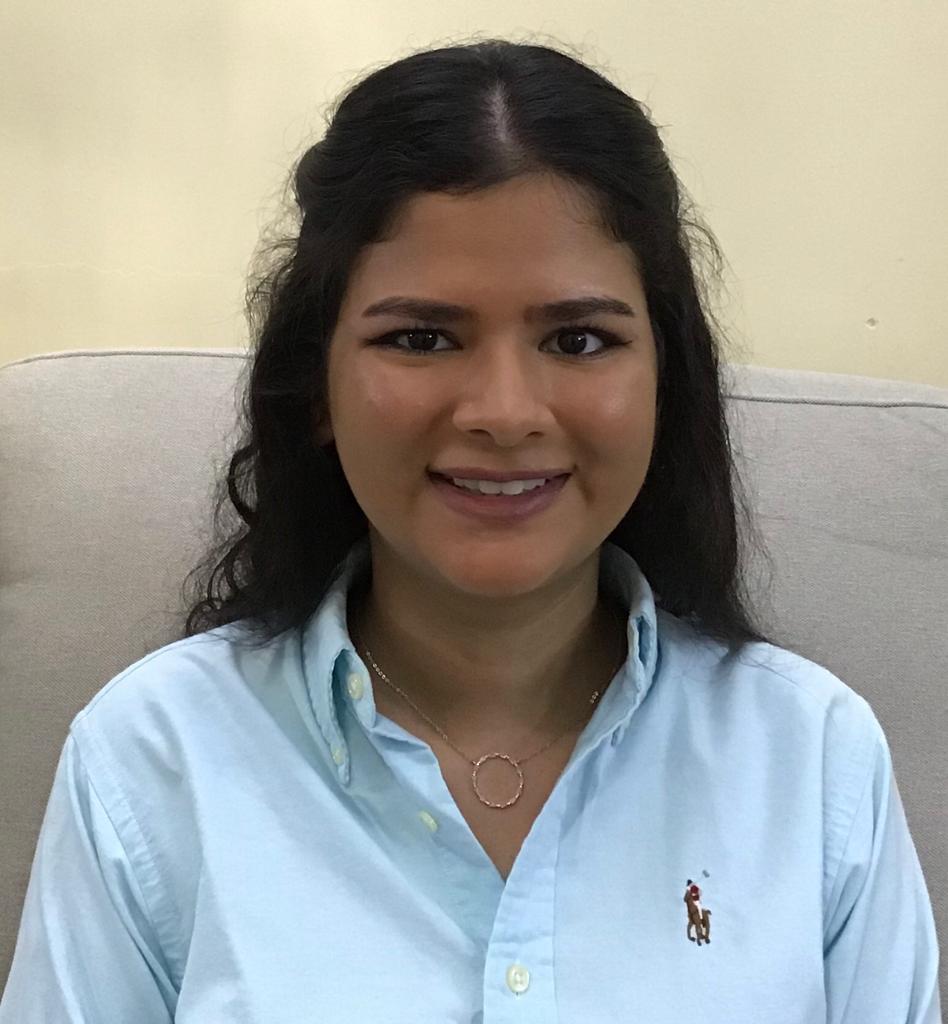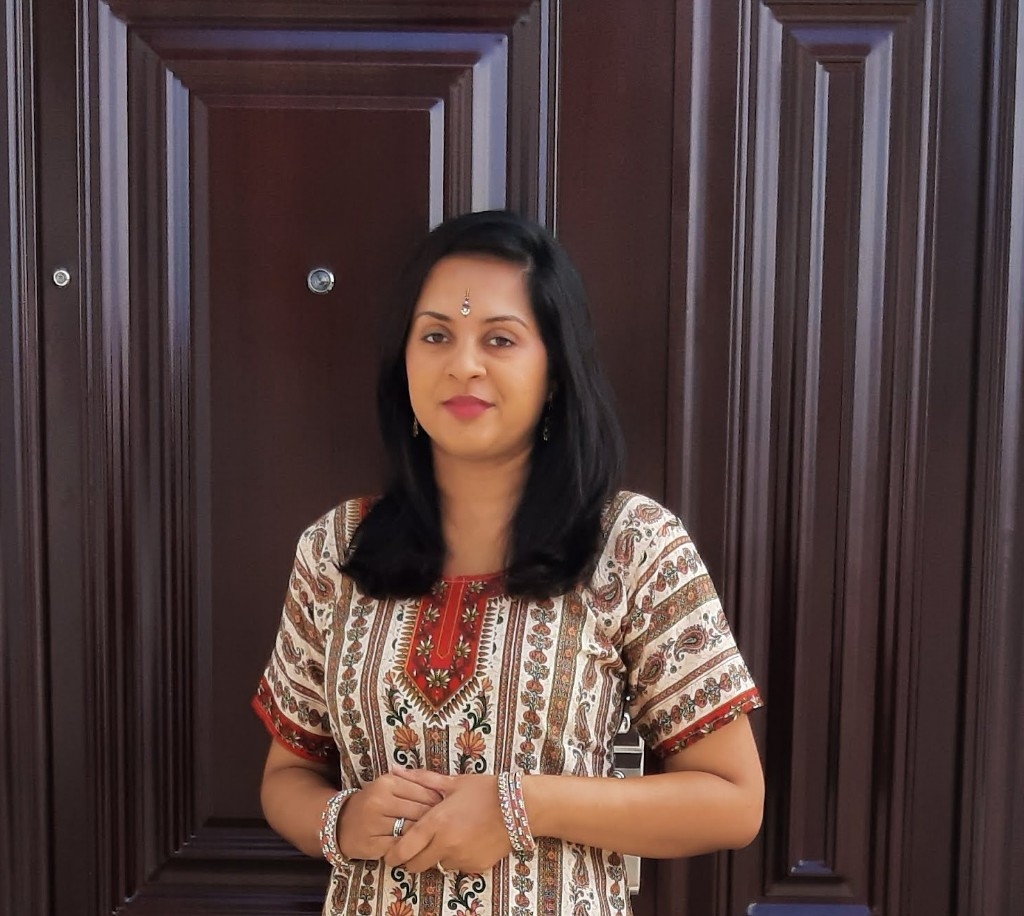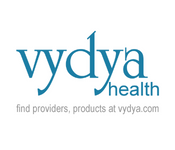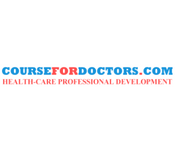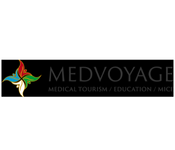Theme: Recent Advancements in Stem Cell and Regenerative Medicine
Stemgen 2021
We cordially welcome all the global participants to the 4th International Conference of Stem Cell and Regenerative Medicine (StemGen 2021), which will be held during December 16th, 2021 carrying the theme as 'Recent Advancements in Stem Cell and Regenerative Medicine’ in Dubai, UAE, this social gathering is an opportunity to get connected with the top researchers of the world in the fields of Stem Cell Researches, Genetics, Biotechnology, Pharmaceuticals, etc.
StemGen 2021 warmly welcomes the researchers and developers, professionals who are studying or analyzing in the fields of Stem Cell, Genetics, Regenerative Medicine, Cell Biology, etc., and other associated organizations to participate in the event and grasp knowledge about the recent researches regarding stem cell and regenerative medicine and their analysis. This conference will consist of the keynote talks, session talks, oral presentations, poster presentations, B2B networking etc. The aim of this global conference is to promote the recent advances in Stem Cell Therapy Research with its applications as well as the cell and gene therapy which stands as the new therapeutic approaches. The conference will also support and motivate the young researches in the fields of Stem Cells and Genetics Research to meet the new advancements.
We sincerely hope that StemGen 2021 would serve as an international platform, creating new opportunities in the Stem Cell and Regenerative Medicine Research.
Why to attend??
With individuals from all around the globe concentrated on findings of Stem Cells and Gene Therapy and its advances; this is the best chance to achieve the largest gathering of members from the Stem Cell and Gene Therapy research groups. Lead introductions, circulate data, and meet with present and potential researchers.
Targeted audience:
- Stem Cell Developers and Investigators
- Gene Therapy Researchers
- Genetic Scientist
- Regenerative Medicine Researchers
- Cell biologist
- Biotechnologist
- Academic Professionals
- Anatomical Researchers
- Oncologists
- Neurologists
- Immunologists
- Ophthalmologists
- Pharmaceutical Industry professionals
- Business Entrepreneurs
- Drug Manufacturing Companies
Track 1: Stem Cell and Regenerative Medicine
A cell having ability to develop into specialized cell types in body which replace the damaged or lost cells or tissues. Generally, natural stem cells are classified into embryonic stem cells and adult stem cells and the type of stem cells are reprogrammed in the laboratory are Induced Pluripotent Stem Cell. Basing on the efficiency or potency stem cells are classified into Totipotent, Multipotent, Pluripotent, Oligopotent, Unipotent. Stem cell therapy or regenerative medicine is the treatment method which develops methods to regrow repair or replace damaged or diseased cells, organs or tissues.
The procedure in which the cells are grown in an artificial environment separate from the body is called tissue engineering. It is an improvisation of growing cells than methods of 2D cell culture. The cells growing in 3D artificial environment are more relevant and effective than the cells growing in the 2D surface. The basic method of the 3D cell culture leads to the use of scaffolds which are the engineered materials which leads to cellular interaction in new tissues to be functional.
Track 3: Gene and Cell Therapy
Gene therapy is a way to treat the genetic disorders. The variation in gene therapy is focused on somatic gene therapy and germ line gene therapy relating with viral and non-viral vectors. T-cells are the type of lymphocyte cells which are developed in the laboratory to attack the cancer cells. T-cell therapy is nothing but an immune therapy to treat certain kinds of cancer. The nano therapy is a new trend in the field of medicine which uses nanoparticles to delivery drugs to the targeted body part.
Track 4: Ageing Theories in Stem Cell
Ageing is the complex process of deterioration of body functions through involvement of body cells and organs. Basically the ageing theory can be divided into two types – hematopoietic stem cell ageing and hair follicle stem cell ageing. Besides these two theories, the other theories of ageing are evolutionary theory, cellular theory, system theory and molecular theory. With ageing the bone marrow cellularity decreases.
Track 5: Epigenetics and Stem Biology
The study of heritable phenotypic change which does not involve any change or alteration in DNA sequencing is known as Epigenetics. These changes make modification in certain gene activities like histone modification, adding a methyl group to a part of a DNA molecule. The DNA alterations are not termed as genetic, rather they are called epigenetic.
Apoptosis is the cell death which leads to a programming sequence of the elimination of old, unnecessary, unhealthy cells. This process is also known as cell suicide. When a cell commits suicide then the caspases become active. The signal transduction is a process in which the signals are transferred in an organism across the cells. In this process the proteins are termed as the receptors. The protein receptor gets signal through a primary messenger and then, undergoes conformational changes which changes its shape and interacts with molecules surrounding it.
Track 7: Genome Editing Technology
The technology which makes specific changes in the DNA of a cell. Genome editing depends on the double strand DNA break which has two major pathway mechanisms – non-homologous end joining (NHEJ) and homologous directed repair (HDR). The genome editing technology heads with the processes like CRISPR, TALEN, ZNF and MAGE.
Track 8: Tissue-Engineered Disease Models
Tissue remodeling is a technique of tissue engineering which involves restoration or reprogramming of tissues. It results in the maintenance and growth of the tissues. The cells which undergo pathological processes in observing the diseases of humans or animals is termed as organ models. Tissue engineering makes the improved format of modeling the phenotypes and screening the therapeutic solutions to the particular disease.
Track 9: Clinical Tissues Analysis
Clinical tissue analysis correlates with histopathology which involves the examination of tissues in order to manifest the diseases. The method requires the hematoxylin and eosin (H and E stain) to identify tissues. Tissue analysis includes the method called Automated Tissue Image Analysis which is a computer controlled method in clinical or medical science, pharmaceuticals, etc.
Track 10: Biomaterials and Biomedical Applications
The material or device or equipment required for treatment or for diagnosis is termed as a biomaterial. The biomaterials have broad application in the clinical or medical science. Hence, to study on biomaterials it is termed as biomaterial science and biomaterial engineering which is profoundly related with biomedical as well as research sector. The application of principles of biology and tools of engineering to create usable, tangible, economically viable products is termed as biomedical application of biomaterials.
Track 11: 3D Bio-Printing and Organ Printing
The 3D technique is a tissue imitating technology which combines cells and their growth factors along with biomaterials. It is used in printing tissues, cells, organs, etc. it requires bio-ink to print the tissues, cells and organs structurally layer-layer. The methods of 3D bioprinting include Prebioprinting, Bioprinting and Post bioprinting. Organ printing is categorized as Drop-based Bioprinting and Extrusion bioprinting.
Muscle stem cells facilitate the long-term regenerative capacity of skeletal muscle trouble. Neither moderate administration nor careful intercession gives sufficient treatment to a few pathologies. As a part of regenerative medicine, undeveloped cell treatments may beat the poor natural recuperating limit of a few musculoskeletal tissues. Muscle stem cells have significant implications towards the development of pharmacological or cell-based therapies for muscle disorders.
Track 13: Stem Cells in Regenerative Biology
The restricted regenerative limit of the heart is the main consideration in cardiovascular breakdown and demise. When cardiovascular cells are unhealthy, it's difficult for them to mend like your body would with a cut. Considering how the heart shapes in babies and afterward develops is a characteristic advance for scientists keen on producing and recovering heart cells. They're additionally examining the impact of an undifferentiated organism determined cardiovascular cells on fixing harmed hearts and their capability to treat heart muscle infections.
Nanotechnology in foundational microorganism treatment has developed as an exciting field. Connection contemplates among nanomaterial and Stem cell has made critical advances. The significance of nanotechnology in the major advancements of immature microorganism based treatment for different degenerative sicknesses is clear. Apart from tracking the limitation of foundational microorganisms, nanotechnology has improved targetability, half-life, and solidness of undifferentiated organisms by giving an appropriate microenvironment.
Track 15: Embryonic Stem cell
Embryonic Stem cell is a broad type of Stem cell, which is also known as pluripotent stem cells derived from the inner cell mass of blastocyst, an early stage of pre-implantation embryo. Human embryos consist of 50-150 cells when they reach the blastocyst stage in 4-5 days of post fertilization. The destruction of the blastocyst mainly results in the isolation of the embryo blast or inner cell mass, which ethically raises issues in the post-implantation stage of development whether embryos at the pre-implantation stage should be considered to have the same moral or legal status or not.
Track 16: Cancer Stem Cell
Cancer stem cells (CSCs) are the cancer cells found within tumors or haematological regions that possess characteristics related to the normal stem cell. Cancer stem cells specifically have an ability to give rise to all cell types found in a particular cancer sample. CSCs are tumorigenic which form tumors cells; they generate tumors by self-renewal or rapid division of the cells differentiating into multiple cell type. These cells give rise to new tumors by metastasis and relapse caused by hypothesizing the stem cells to persist in tumors as a distinct population.
Track 17: Scaffolds and Tissue Regeneration
Scaffolds are of great importance in clinical medicine. It is an upcoming field and usually associated with conditions involving organ disease or failure. It is used to rebuild organs and return normal function. Stem cells along with regenerative medicine can be used to create ‘Scaffolds’ in the human body. Tissue regeneration is a branch of Regenerative medicine which deals with the study of regrowth or repair of the damaged or lost tissues in response to the injury. Non-injured tissues by default have expanded cells in the formation over time, but the new cells formed in response to the injury replaces the expanded cells in closing up the wounded site leaving a scar mark on the skin. For example, an injured cell is regenerated in 4-5 weeks, whereas a non-injured cell regenerates in just 3-4 days.
Track 18: Regenerative Medicine and Therapeutics
The process of “replacing tissues or organs, engineering or regenerating human cells to restore or establish normal function” is generally termed as Regenerative medicine. Regenerative medicine is a branch of Translational Research in the areas of tissue engineering and molecular biology. Regenerative medicine stimulates the body’s own repair mechanisms to engineer the damaged tissues and organs.
Track 19: Diseases and Stem Cell Treatment
Stem cell therapy is the use of stem cells to treat/prevent disease. The bone-marrow transplant is the most widely used stem cell therapy, but some therapies derived from umbilical cord blood are also in use. Research is underway to develop various sources for stem cells, as well as to apply stem cell treatments for neurodegenerative diseases and conditions such as diabetes and heart disease. The most well-established and widely used stem cell treatment is the transplantation of blood stem cells to treat diseases and conditions of the blood and immune system or to restore the blood system after treatments for specific cancers.
Track 20: Cell and Organ Regeneration
It has been stated that stem cells have an ability to produce a large number of cells which in turn helps in forming the destroyed tissue or an organ. In contrast, stem cells can also be aided in repairing the damaged organs, in which the mechanism carries out in two different options: support mechanism and replace option. The support mechanism of the stem cell is regeneration or the regrowth of the tissue or organ cells avoiding detrimental fibrosis. The replace option of the stem cell is to transplant the stem cell.
Clinical trials on gene therapy products are often varying from the clinical trials design for other types of pharmaceutical products. The differences in trial design are necessitated by the distinctive features of these products. The clinical trials also reflect previous clinical experience and evidence of medicine. Early experiences with products indicate that some Gene Therapy products may pose substantial risks to subjects due to the effect at the cellular and genetic level. The design of early-phase clinical trials of Gene therapy products often involves the following consideration of clinical safety issues, preclinical issues, and chemistry, manufacturing and controls (CMC) issues that are encountered.
Track 22: Biomedicine
Biomedicine is a branch of medicine biology which deals with the study of biological and physiological principles to clinical practice. It can be related to many categories under the health care and biological related fields. Delivering of the drug to the body, biostatistical analysis, molecular medicine, and Nano medicine can be sub-categorized under Biomedicine. For example, the mechanism of delivering the drug describes the information about the drug being delivered in a biological concept.
The global stem cell therapy market is estimated to grow with a CAGR of 27.99% in duration 2019-2025 increasing approach to reach USD 167.34 million. The factors like stem cell preservation or banking globally, target to heart disease, diabetes, neurodegenerative diseases, musculoskeletal disorders, spinal cord injury, stroke, autoimmune diseases, major trauma and their therapeutics, clinical trials and ethics related to the use of stem cell transplants and preservation which grows in expanding and flourishing the global market of stem cell therapy with maximum clinical trials in countries like USA, Iran, South Korea, Australia, China, Spain, Israel, India, Canada, Germany, etc. However, stem cell research using human embryo is illegal in Germany and many other countries.

As per the current reports the Cancer Stem Cell Therapeutics have created effective growth by introducing cell therapy manufacturing, genomic analysis technique and various researches proved the effective transplant of stem cells and their growth factors, with bone marrow transplant with higher success rate in treatment of cancer.

As per sources the stem cells are divided into two types: Differentiated Stem Cells and Undifferentiated Stem and as such are the types of Stem Cell Transplants like Adipose tissue transplant, bone marrow transplant, embryonic stem cell transplant, fibroblast stem cell transplant, mesenchymal stem cell transplant, neural stem cell transplant, placenta stem cells and unfertilized egg stem cell preservation for future transplant when required. Among these various types of transplants the bone marrow transplant is more prominent in therapeutics. Recent researches are going on with the neural, mesenchymal and adipose stem cell transplants.

With the increasing growth in the global market, stem cells and regenerative medicine are setting trends in the field of health and medicine.
Conference Highlights
- Gene and Cell Therapy
- Stem Cell and Regenerative Medicine
- Tissue Engineering and 3D Cell Culture
- Biomedicine
- Clinical Trials on Stem Cell & Gene Therapy
- Cell and Organ Regeneration
- Diseases and Stem Cell Treatment
- Regenerative Medicine and Therapeutics
- Scaffolds and Tissue Regeneration
- Cancer Stem cell
- Embryonic Stem cell
- Emerging Nanotechnology for Stem Cell Therapy
- Stem cells in regenerative biology
- Stem Cell Therapy for Musculoskeletal Diseases
- 3D Bio-Printing and Organ Printing
- Biomaterials and Biomedical Applications
- Clinical Tissues Analysis
- Tissue-Engineered Disease Models
- Genome Editing Technology
- Stem Cell Apoptosis and Signal Transduction
- Epigenetics and Stem Biology
- Ageing Theories in Stem Cell
To share your views and research, please click here to register for the Conference.
To Collaborate Scientific Professionals around the World
| Conference Date | December 16-16, 2021 | ||
| Sponsors & Exhibitors |
|
||
| Speaker Opportunity Closed | |||
| Poster Opportunity Closed | Click Here to View | ||
Useful Links
Special Issues
All accepted abstracts will be published in respective Our International Journals.
- Journal of Stem Cell Research & Therapy
- Regenerative Medicine
- International Journal of Stem Cell Research & Therapy
Abstracts will be provided with Digital Object Identifier by






